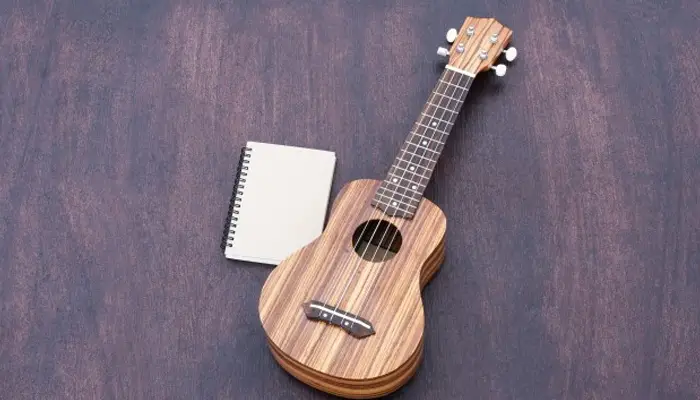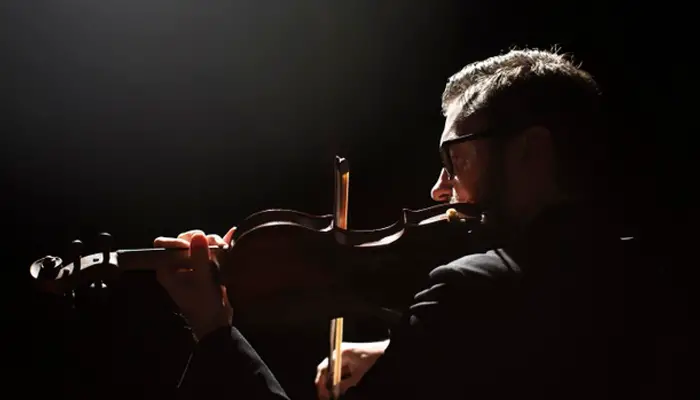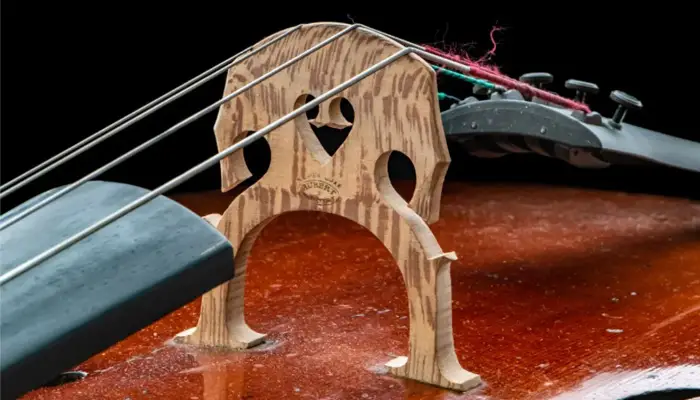
Japanese string instruments are a wide range of traditional musical instruments that originated in Japan.
Many Japanese string instruments, such as the koto, shamisen, and sanshin, trace their roots back to China, with historical records indicating their introduction to Japan during the Asuka and Nara periods.
However, over time, these instruments evolved to embody distinct Japanese aesthetics and musical styles.
Renowned for their exquisite craftsmanship and evocative sounds, Japanese string instruments hold a special place in the hearts of musicians and enthusiasts alike.
Table of Content (Japanese string instruments)
→ What Makes Japanese Instruments Unique?
→ 11 Best Japanese String Instruments That You Should Know
→ Biwa
→ Gottan
→ Ichigenkin
→ Junanagen
→ Koto
→ Kugo
→ Sanshin
→ Shamisen
→ Taishogoto
→ Tonkori
→ Yamatogoto
→ What’s your favorite Japanese string instrument?
→ Frequently Ask Questions
What Makes Japanese Instruments Unique?
Many Japanese string instruments, such as the koto, shamisen, and sanshin, trace their roots back to China, with historical records indicating their introduction to Japan during the Asuka and Nara periods.
However, over time, these instruments evolved to embody distinct Japanese aesthetics and musical styles. Renowned for their exquisite craftsmanship and evocative sounds, Japanese string instruments hold a special place in the hearts of musicians and enthusiasts alike.
List of the 11 Best Japanese String Instruments That You Should Know
1. Biwa
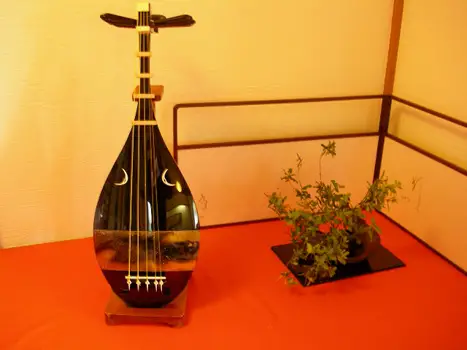
The biwa, a six-stringed lute with origins in India, holds a revered place in Japanese musical tradition as a storyteller’s instrument. Dating back to the 5th century, the biwa’s rich history is intertwined with epic narratives, historical ballads, and religious chants.
Renowned for its deep, resonant tones and emotive playing style, the biwa has been used to accompany recitations of The Tale of the Heike, a medieval epic recounting the rise and fall of the Taira clan.
Its haunting melodies evoke the drama and tragedy of Japan’s tumultuous past, captivating audiences with tales of honor, betrayal, and redemption.
2. Gottan
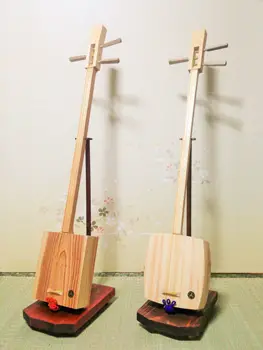
The gottan, a unique Japanese stringed instrument with roots in China, offers a distinctive timbre that adds depth and texture to Japan’s musical landscape. Featuring four strings and a unique membrane made from an ox’s ear, the gottan’s delicate yet resonant sound has captivated audiences for centuries.
Introduced during Japan’s Asuka and Nara periods, the gottan found its niche in traditional Japanese music, accompanying ensembles and solo performers alike.
Its ethereal tones blend seamlessly with other instruments, creating a harmonious tapestry of sound that transports listeners to distant realms.
3. Ichigenkin

The ichigenkin, also known as the Japanese two-stringed lute, is a testament to the enduring cultural exchange between Japan and China. Introduced to Japan during the Asuka and Nara periods, this instrument shares similarities with the erhu in its design and construction.
Featuring two strings crafted from silk or metal, the ichigenkin may appear simplistic, yet it possesses a profound expressive potential that transcends its modest appearance.
Despite its minimalist design, the ichigenkin offers a versatility that lends itself to a variety of musical contexts.
4. Junanagen
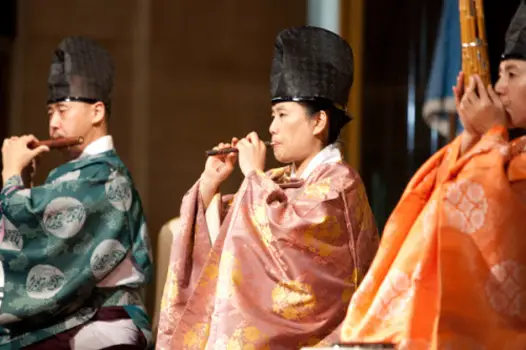
The junanagen, or Japanese long-necked lute, is a captivating embodiment of Japan’s rich musical heritage. Introduced to Japan during the Asuka and Nara periods, this instrument shares its roots with the Japanese lute, known as biwa.
Featuring six strings crafted from silk or metal, the junanagen offers a diverse tonal palette that adapts seamlessly to various musical genres and styles.
With its distinctive elongated neck and resonant body, the junanagen commands attention both visually and sonically. Performers delight in exploring its melodic versatility, utilizing techniques such as fingerpicking, strumming, and plucking to convey a spectrum of emotions and moods.
5. Koto
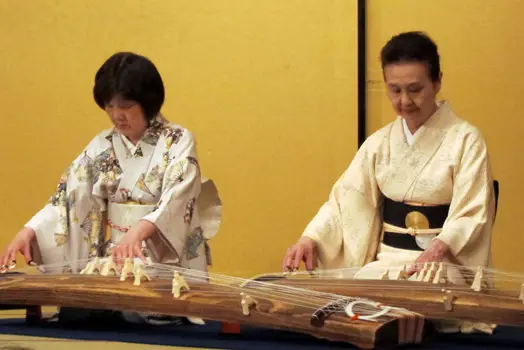
The koto, introduced to Japan during the Asuka period, stands as a symbol of elegance and grace in Japanese traditional music. With its origins in China, the koto evolved over centuries to become one of Japan’s most beloved instruments.
Featuring 13 silk or metal strings stretched over a resonant wooden body, the koto’s design allows for a wide range of expressive techniques, from delicate plucking to sweeping glissandos.
Renowned for its ability to evoke a myriad of emotions, the koto has been an integral part of Japanese cultural ceremonies, theatrical performances, and court music. Its ethereal melodies can transport listeners to serene landscapes or stir the depths of human emotions.
6. Kugo
The kugo, or Japanese fiddle, has been a cherished instrument in Japan’s musical tapestry since its introduction during the Asuka period. Characterized by its three strings, movable bridge, and plucked or strummed playing style, the kugo boasts a rich history rooted in Chinese musical tradition.
Over the centuries, it has evolved to become a staple instrument in Japanese traditional music, adding depth and texture to ensemble performances. Renowned for its expressive capabilities and dynamic range, the kugo offers a versatile choice for musicians seeking to explore Japan’s musical heritage.
From intimate solo performances to spirited ensemble arrangements, the kugo’s charm and versatility continue to enchant audiences worldwide.
7. Sanshin
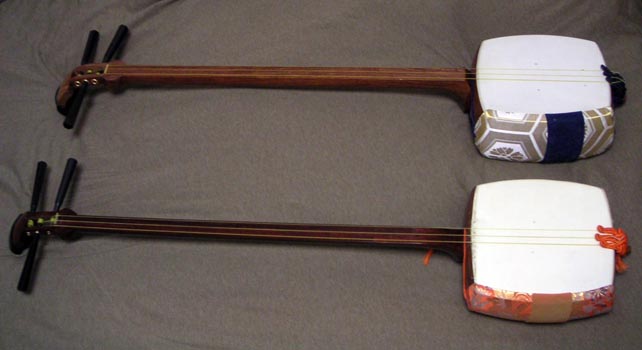
The sanshin, a traditional Japanese harp with origins in China, embodies the rustic charm and soulful melodies of Japan’s rural traditions. Featuring three strings and a movable bridge, the sanshin’s simple yet elegant design belies its profound musical capabilities.
Popularized among practitioners of min’yō folk music, the sanshin’s resonant tones evoke images of rolling hills, tranquil villages, and communal gatherings.
Its intimate connection to nature and everyday life makes it a cherished instrument in Japanese culture, passed down through generations as a symbol of heritage and identity.
8. Shamisen
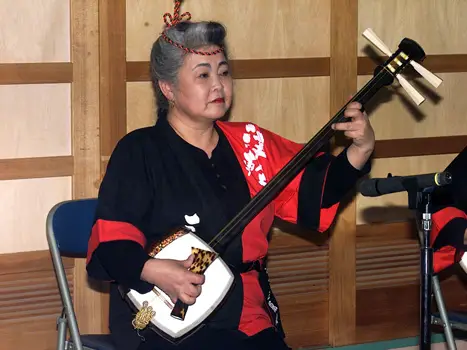
Originating from China and embraced during Japan’s Asuka period, the shamisen holds a revered position in Japanese music and culture.
Characterized by its distinct three-stringed design and resonant tones, the shamisen has a rich history intertwined with traditional arts such as kabuki theater and folk music.
The soulful sound of the shamisen can convey a wide range of emotions, from melancholy and longing to exuberance and triumph. Its versatility as both a solo and ensemble instrument has made it a staple in various musical genres, including classical, folk, and contemporary music.
9. Taishogoto
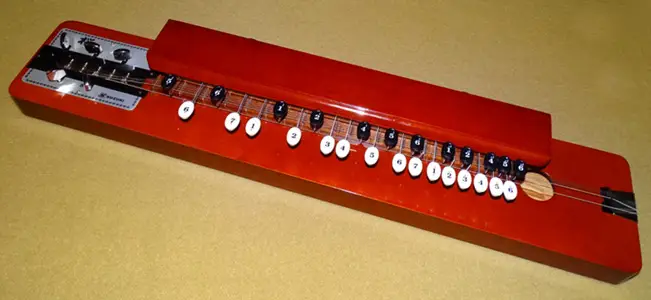
The Taishogoto was created by musician Gorō Morita in Nagoya in 1912. He had been given a two-year scholarship by the country’s first prime minister to study musical instruments in Europe and the United States.
Featuring a distinctive sound and ergonomic design, the Taishogoto has carved out a niche in contemporary Japanese music. Its intuitive interface and versatile sound palette make it accessible to musicians of all skill levels, from amateur enthusiasts to seasoned professionals.
Whether used in solo performances, ensemble settings, or experimental compositions, the Taishogoto continues to push the boundaries of musical expression, showcasing Japan’s ongoing evolution in the realm of sound and technology.
10. Tonkori
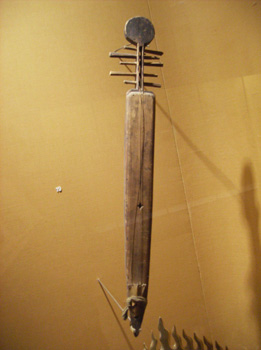
The tonkori, a traditional Japanese jaw harp originating from Siberia, carries with it a rich history that spans centuries. Arriving in Japan during the Jōmon period, this unique instrument features a distinctive headstock, comb-like tooth plate, and typically three strings crafted from animal gut or silk.
Its construction and design offer a truly unique sonic experience, resonating with echoes of Japan’s indigenous musical traditions.
Used both in traditional rituals and contemporary performances, the tonkori serves as a bridge between Japan’s ancient past and its vibrant present. Its haunting melodies and percussive rhythms evoke a sense of primal energy, reflecting the connection between humans and nature that lies at the heart of Japanese culture.
11. Yamatogoto
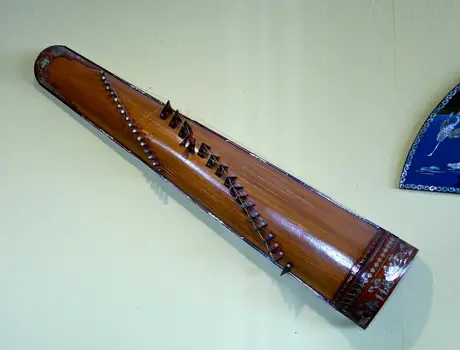
The Yamatogoto, a string instrument originating from China and introduced to Japan during the Asuka and Nara periods, represents a harmonious blend of tradition and innovation. Characterized by its unique half-tube shape, the Yamatogoto typically features six strings crafted from silk or metal and a movable bridge.
Reflecting Japan’s rich cultural exchange with neighboring regions, this instrument offers a captivating musical experience that resonates with elegance and grace.
The Yamatogoto’s evocative sound and distinctive design make it a cherished instrument in Japan’s musical heritage, embodying centuries of artistic expression and cultural identity. Its melodic versatility and dynamic range allow performers to navigate a vast repertoire of traditional and contemporary compositions, from delicate ballads to lively folk tunes.
Conclusion: Best Japanese String Instruments
In conclusion, Japanese string instruments offer a captivating glimpse into Japan’s musical heritage, combining intricate craftsmanship with emotive melodies.
Whether you’re drawn to the serene elegance of the koto or the dynamic energy of the shamisen, exploring these instruments opens doors to a world of cultural richness and artistic expression.
So, immerse yourself in the enchanting sounds of Japan and let the melodies transport you to distant lands and bygone eras.
Frequently Ask Questions
What are the 3 string instruments of Japan?
Shamisen, sanshin, and kugo are the three Japanese string instruments.
What is a Japanese violin called?
Kugo is Japanese violin. It has three strings and a movable bridge.
What instruments did Samurai play?
Japanese harp, Japanese violin, and Japanese lute are the three instruments that Samurai play.
How do the Japanese play their instruments?
Japanese play their instruments by plucking and strumming.
What Japanese musical instrument is made of a gourd?
Japanese gekkin musical instrument is a Japanese musical instrument that is made of a gourd. It has five strings and is plucked with fingers.
That’s all for the list of the best Japanese string instruments. We hope this article helped you.
You can also check out Musical Instruments that Start with A-Z and 11 Best Bluetooth Speakers with Subwoofer.

